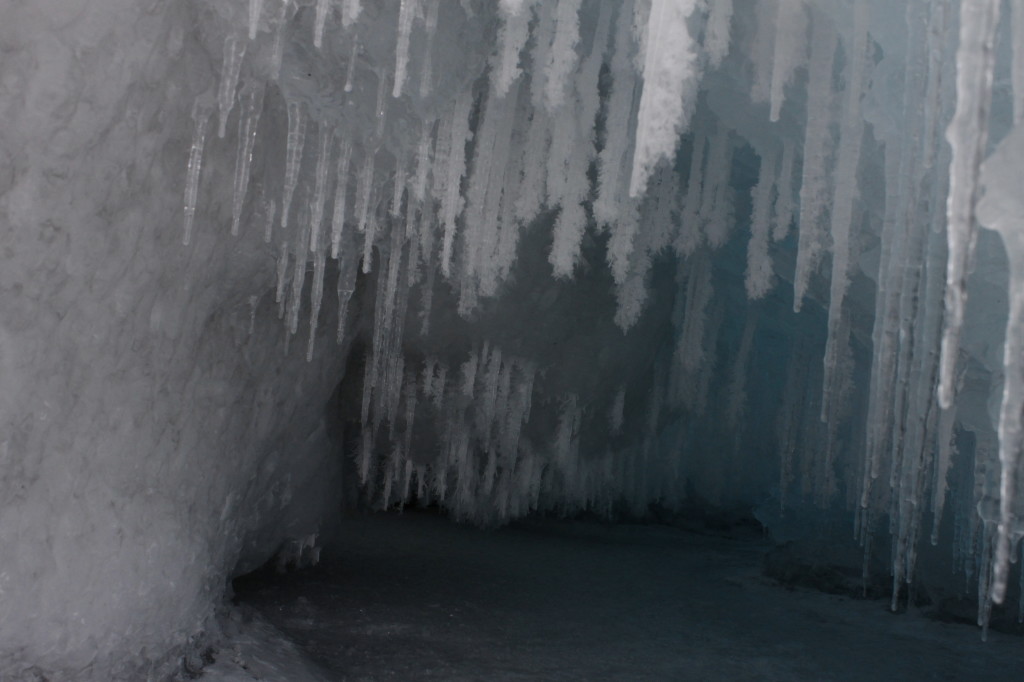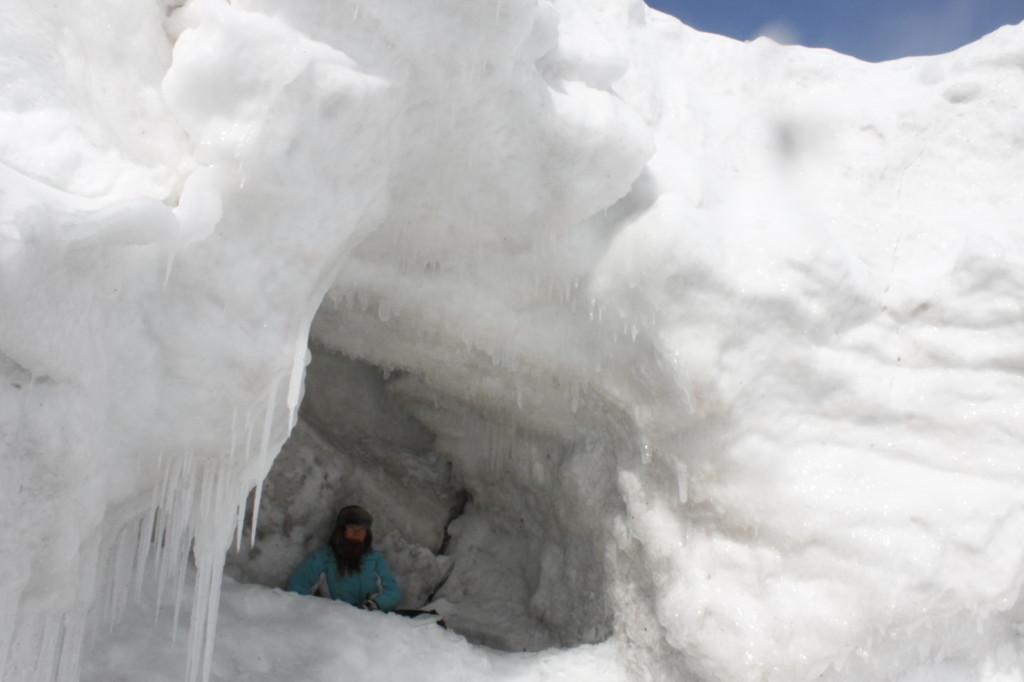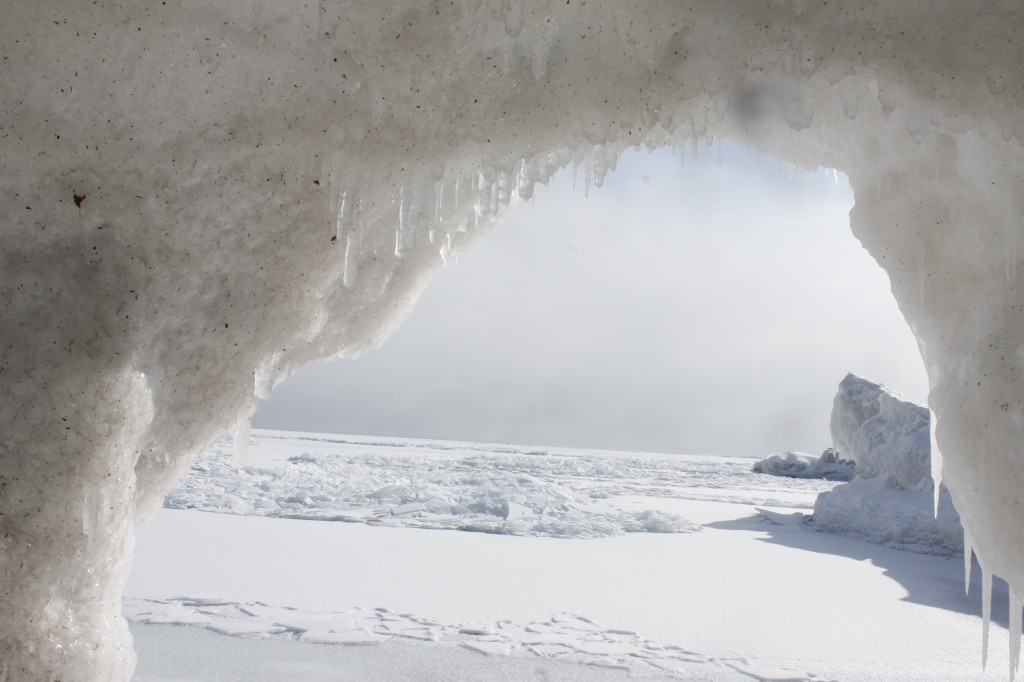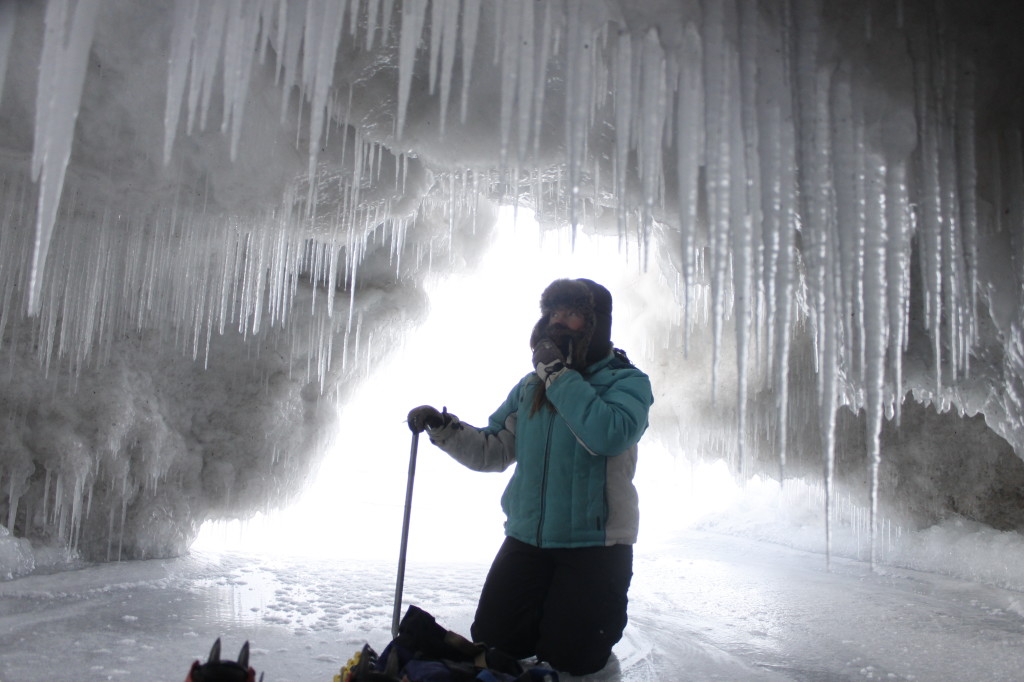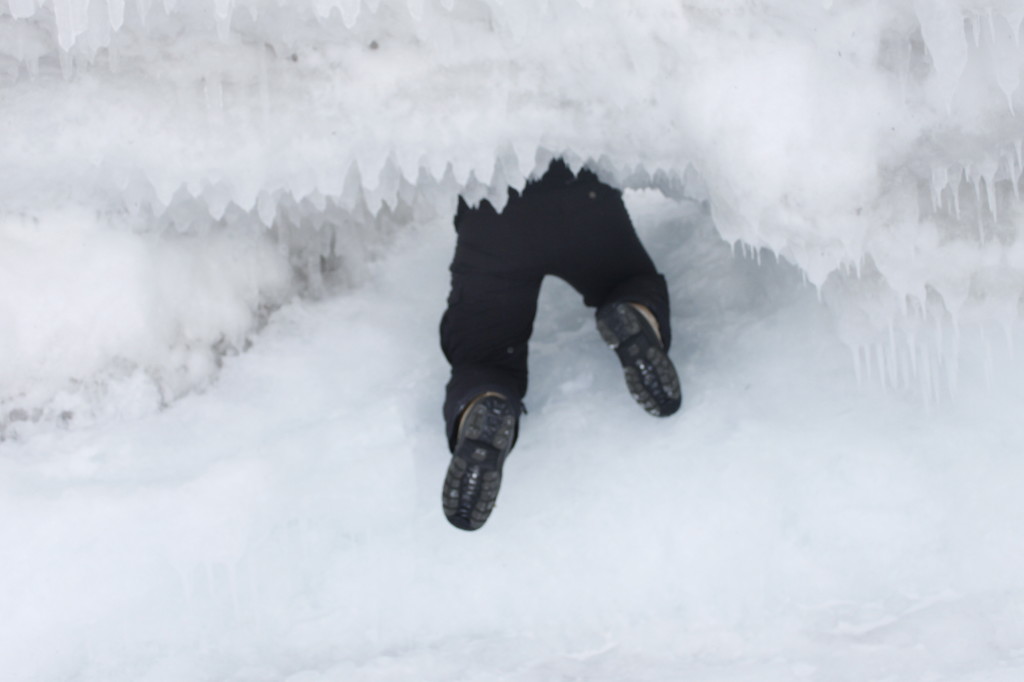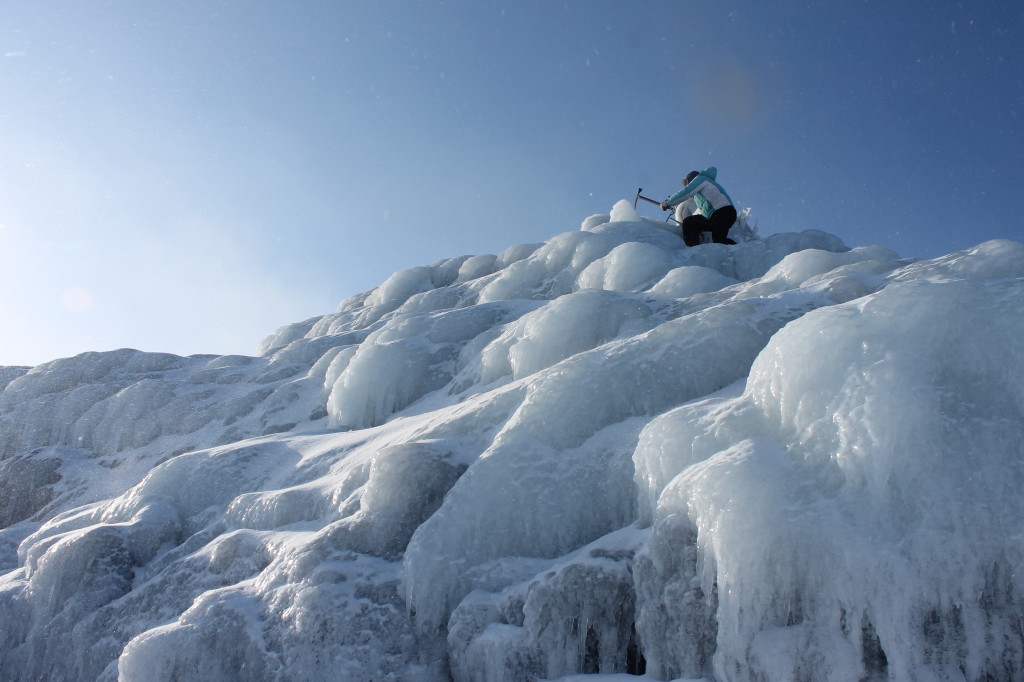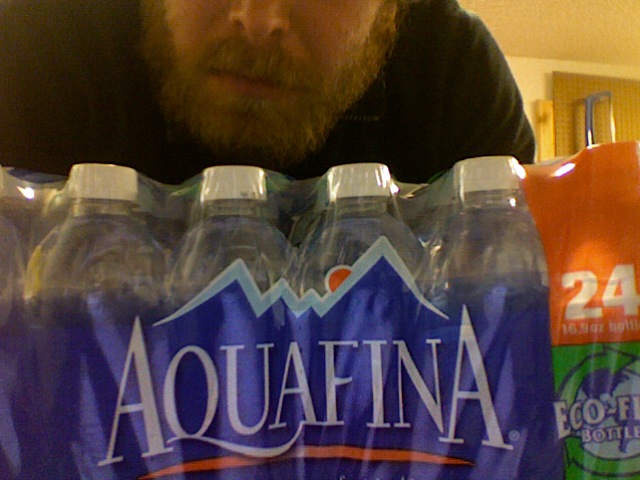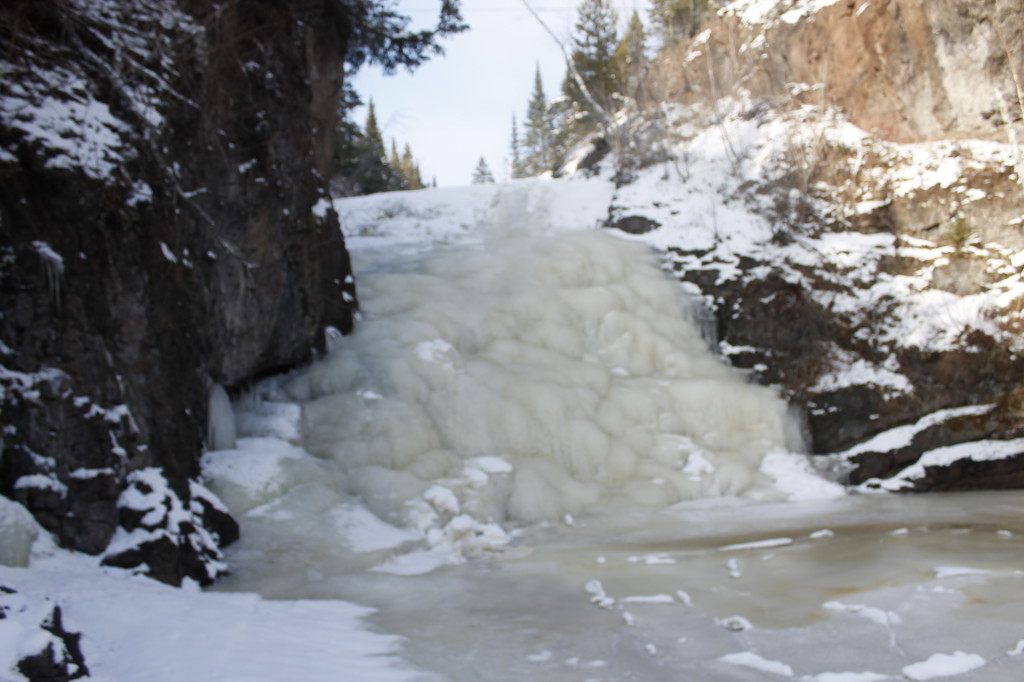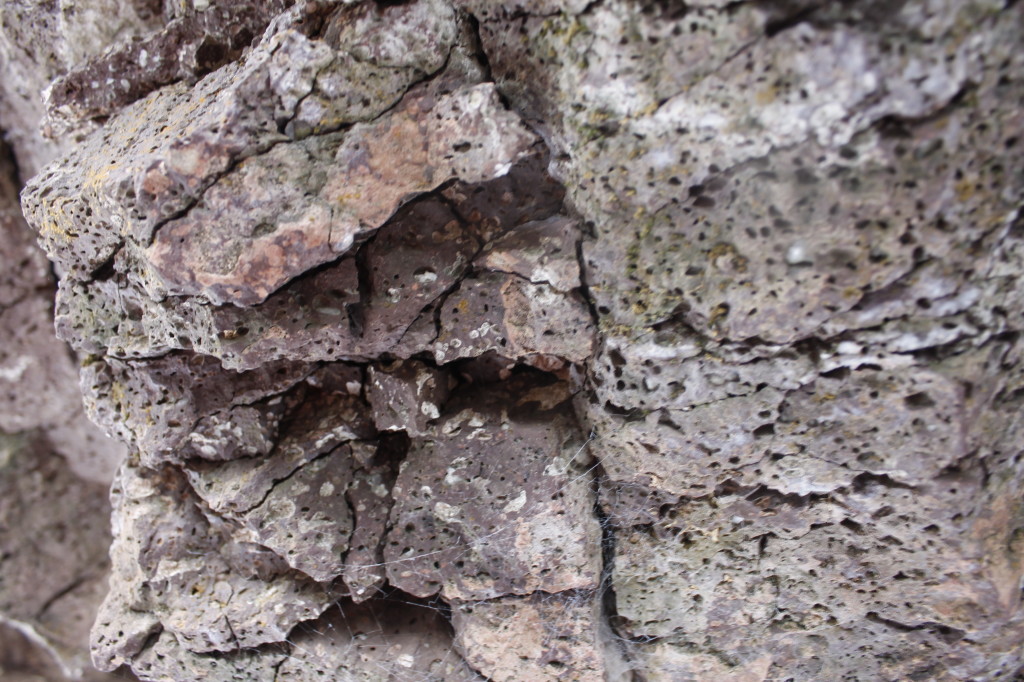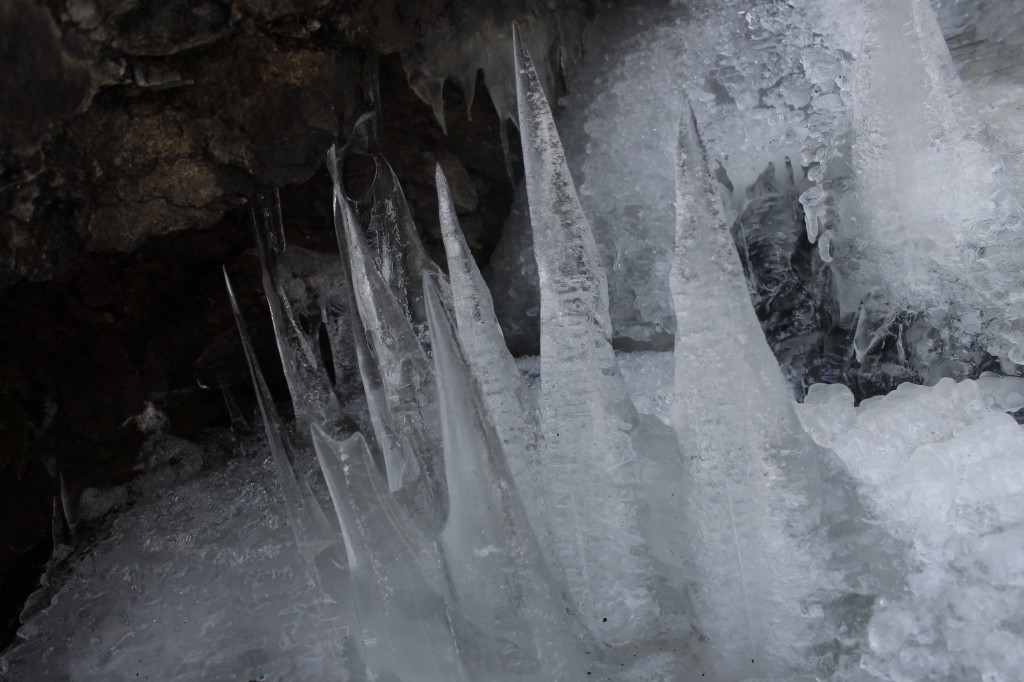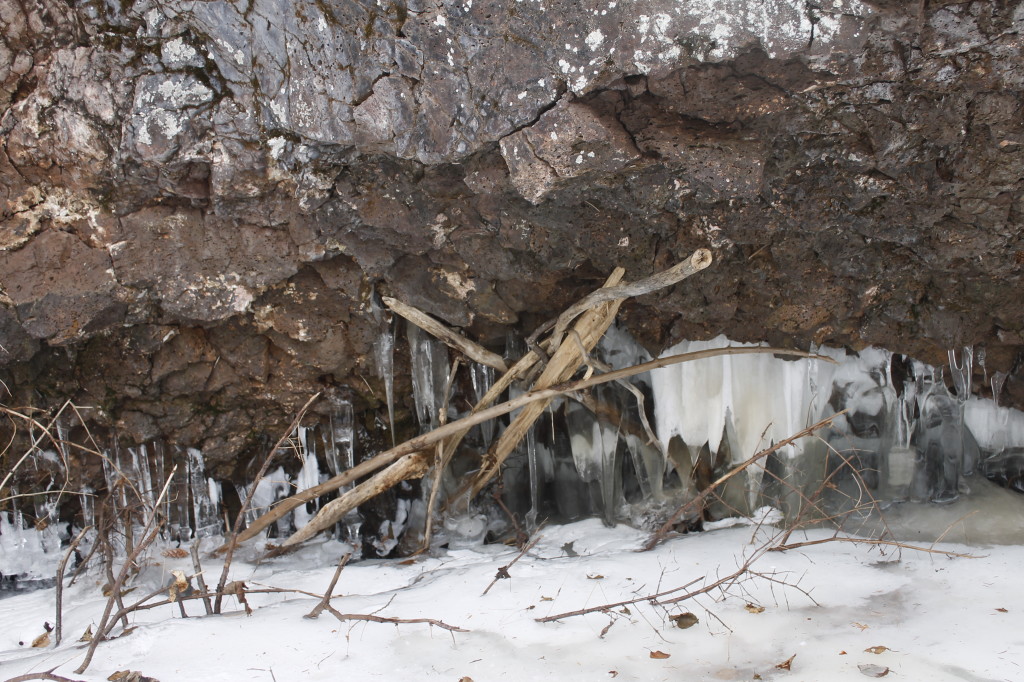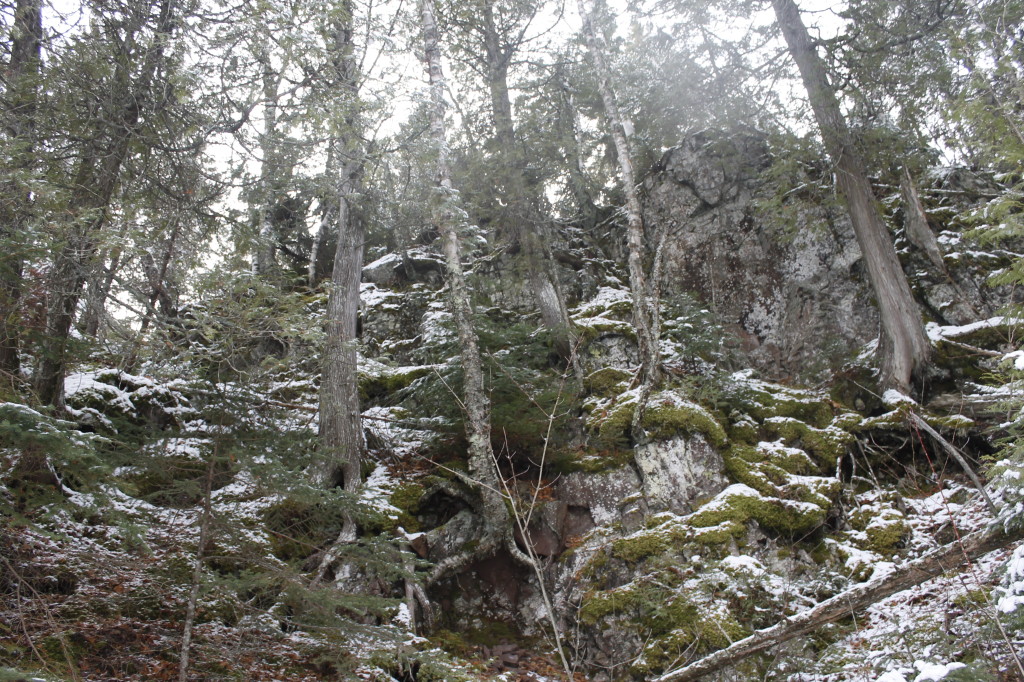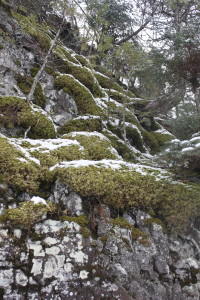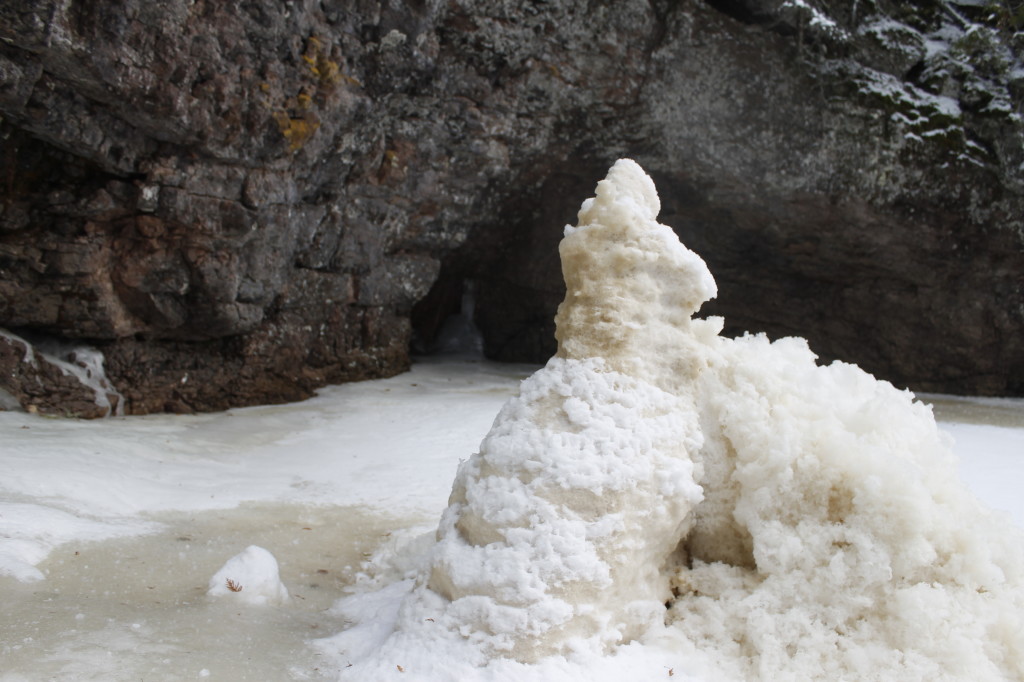Where’s the motivation?
I woke up with the sound of howling wind bending the tree branches, the patter of rainfall on the roof of my Minnesota apartment. Temps were supposed to be in the high thirties that day. I was also planning to hit the trails for a weekly long run, putting in the miles that I’d need to compete in a 50-mile trail run on July 25.
If I was going to race this thing, I was going to have to train ruthlessly, to laugh at rainy days, hail, heat and other obstacles that stood in my way. I ate my large oatmeal breakfast and procrastinated the next couple hours inside reading Robert Frost poems.
Finally, at 11:30 am, I knew I could wait no longer, lurched outside with my guts sloshing from the big meal and started jogging up the pavement towards the woods. Nothing cramped or puked, so that was a good start.
I wore my Boston Marathon tech shirt, running shorts, a thin balaclava and my iridescent orange shell. I placed a small tube of Vaseline in the right pocket, along with some athletic tape (to prevent chafing and to splint any catastrophic ankle sprains respectively.) For the left pocket, I put a small baggie full of Trisquits. There was a compass strung around my neck too. It was probably unnecessary, but what the hell?
Soon I was cooking underneath all of my gear as I ran uphill.The rain had turned even the tiny streams into torrents, surging brown and furious as they flushed sediment down the slopes. One of these would almost be good for a kayak run, I thought, thinking of my new eight-foot whitewater boat that I was itching to use.
I traded the pavement for a logging road leading up into the woods, felt the ground squelch beneath my feet. The shoes would get soaked real thorough-like on this trip.
I kept running uphill for about a half a mile until I reached the Superior Hiking Trail (Also called the SHT or SHiT.) I turned north,towards nearby Leveaux Mountain and Oberg Mountain. I planned to run up the two of them and loop back home. This particular section of woods had a lot of maple trees growing and that meant that it was prime territory for wild leaks. I saw huge clumps of them, glowing radioactive green amidst the dull colors of the leaf litter.
I also saw puddles. Sections of the trail were completely submerged. It was possible to scamper delicately from root to rock to board and cross these areas with dry feet. This took too much time and there were too many puddles so I adopted a “fuck it” attitude for them.
The water splashing up my legs was cold, but not frigid and a nice antidote to the sweaty heat I was building up inside my shell.
I scrambled beneath the cedars at the base of Leveaux Mountain where the roots made for fancy footwork, jumped a fallen tree and bombed down a steep hillside to the Onion River, which was wild with rapids. Newly submerged boulders seethed with foam.
I ran up the other side and through another mile of puddles until I got to the parking lot at the base of Oberg. There was the loop I was planning to run; there was the sign pointing to the Lutsen Mountains ski resort in 6.8 miles on the SHT. I had to climb over Moose Mountain on the way. How ambitious was I feeling?
I pulled the Triscuits out of my left pocket and munched them while I pondered this. The run left a few permutations, including just going as far as Moose Mountain in less than three miles and turning back, or running down the ski slopes and down to the bike trail that could take me back to my apartment in eight miles.
I decided I’d figure these things out as I went.
Going past Oberg took me beneath two-hundred foot basalt cliffs on a windy downslope.
Trail running sometimes feels less like running and more like skipping and dancing. It really does.
I find myself putting my feet down to a weird rhythm and flinging my body around in a way that — well it isn’t dancing — but it feels like I’ve tapped into the harmony of the trail. You can call that a bunch of sentimental bullshit, but I mean it. The trail is my dance partner.
I know I look far from graceful out there, I flail my arms and I fall down plenty, but I love trail running for its weird contortions. There’s the stutter step before hopping a log, there’s twisting a foot at a weird angle to land perfectly between two roots while angling my body to divert my momentum away from the tree trunk. How satisfying it is to use mind and body together in order to navigate a sudden dip in the trail. The same principles apply to mountain biking, sking — well pretty much all the sports, but with running it’s just you and the shoes doing the work.
The trails are a nice change from road running where consistency of form is crucial to success. Out on the the trails, I feel at liberty to be delightfully irregular. I will jut an arm out to balance myself on a steep curve or drop into a crouch after a steep jump. I will swing my head out of the path of a tree branch before it slaps me in the face. I even switch to power hiking on the steepest hills, where I find that I can keep the same speed at a walk as I can hold running and with less effort.
Trails are obviously much slower for me than the roads, but I also feel like I can stick it out for longer on trails where there is plenty of variation in form an intensity. Those windy trails only let me go so fast in places and sometimes I’m happy for the enforced break.
The summit of Moose Mountain was draped in freezing fog, buffeted by wind. I found shelter in a ski patrol cabin where I ate more of my Trisquits and left some crumbs for psychological sustenance down the trail. When I stepped outside,I discovered an untied shoelace and barely had the strength in my freezing hands to re-knot it. The trail wound beneath basalt overhangs, then it crossed some of the black diamond ski runs. The machine-made snow hadn’t melted yet, was still packed firm against the slope. I was loathe to take that ride to the bare rock and brush waiting at the bottom. I broke a tree branch and used it as an ice axe (well, more of a dagger) and kick steps into the snow. I was able to cross two slopes like this no problem, but met my match on a patch of wet brush. The reeds all pointed downhill and down I went.
I descended the rest of the way down the mountain with greater caution. In the disorienting fog without a map, I used my compass to point myself north in the direction of the ski lodge.
Up from the valley below came the roar of the Poplar River. And lo! What a beautiful stretch of whitewater. The rapids looked like a healthy Class III with no obvious hazards (at least until the deadly canyon narrows that waited further downstream.) I feasted my eyes and even took some time out to do a bit of scouting.
Verily, there was a bounty of exciting opportunities for my new kayak and I, but that is a story for another day.
The trail switched back over various bridges, so I could drool into the whitewater, then I veered off to climb a miserable scrub hill in the direction of the road I wanted. In a short while, this road goes back to the SHT right where it crosses the river again at the place I like to call You Will Die Falls. There are a series of cascades here, boiling with angry water. Maybe a real pro could take this on, but on a high water day like this the name definitely fit.
I went back to grooving and jiving my way up Moose Mountain when the hunger hit. I drank my remaining Trisquit fragments and licked the precious salt off my fingers. I drank out of a creek halfway between Moose and Oberg, putting my head down in the silty flow. I wouldn’t have done this a year ago, but I’ve heard from many authorities that the risks of contaminated water in the wilderness have been greatly exaggerated.
Soon after, I found a half-trampled wild leak lying in the trail where a forager must have dropped it. I ate the bulb. ‘Wonder how long I could live on these things if I stayed out here,’ I found myself thinking.
The bonk was definitely coming on now. I knew the slightly out of body, fairly stupid feeling that comes at the end of a long workout where I haven’t refueled enough. Basically, the exercise had stolen the glucose that my brain would have been using otherwise, and now my brain was taking a vacation in La La Land.
“La la la,” I sang to myself.
I pictured someone paddling on the easy stretch of river leading up to You Will Die Falls.
“La la laaaAaaughh!”
The brain was draining, but I was familiar with the feeling, and this made it easier to deal with. I tried not to think hard about anything and pooled all my mental resources onto the Tripping and Falling Avoidance line item.
There were still miles of muck to spat through before I finished. It would be at least a 20-mile day and would take up about four and a half hours. Though I was tired, I knew from experience that I had enough to make it through.
I crashed through puddle after puddle and the cold water splashed up to my knees. I was long past giving a damn.

